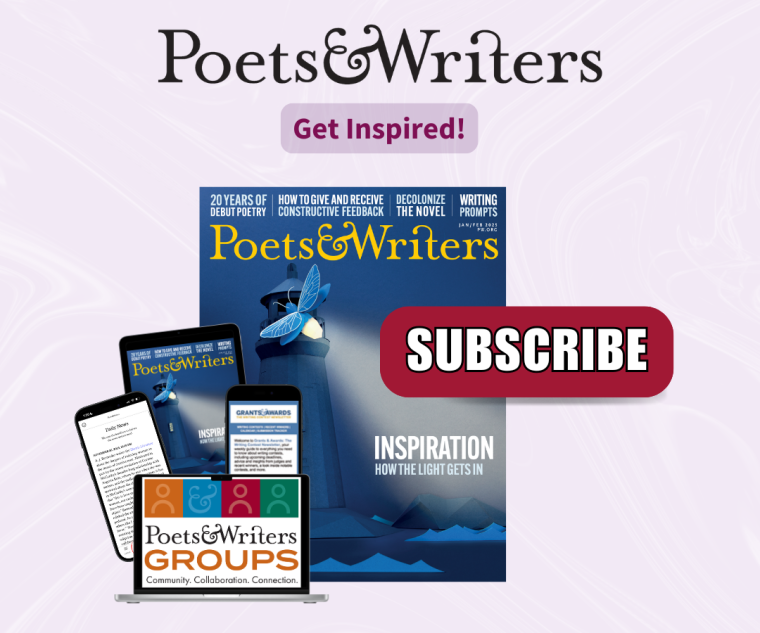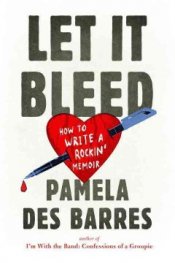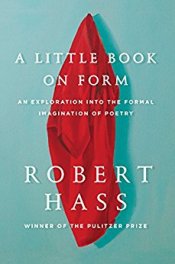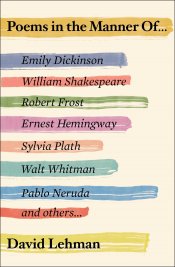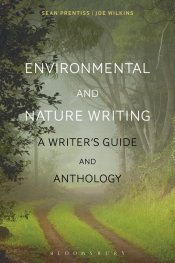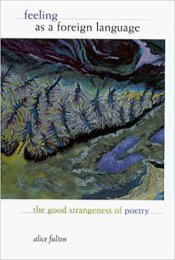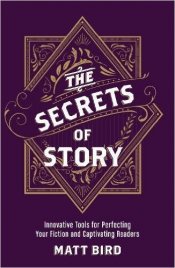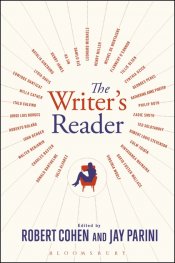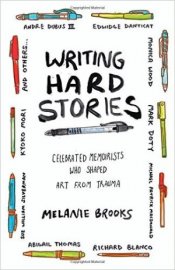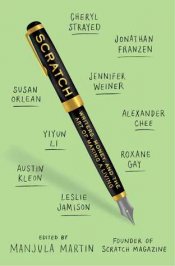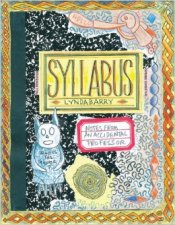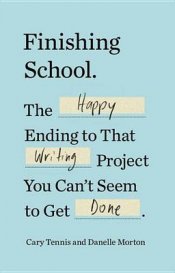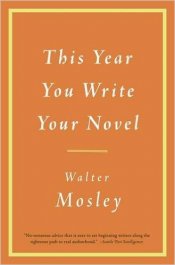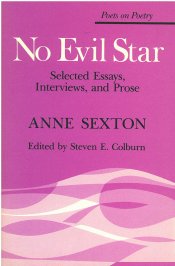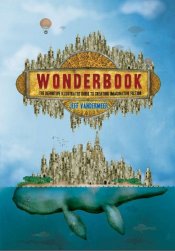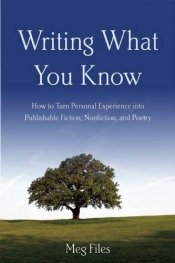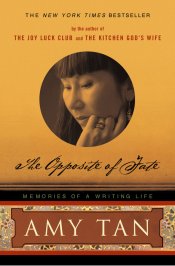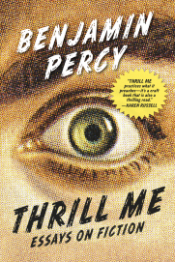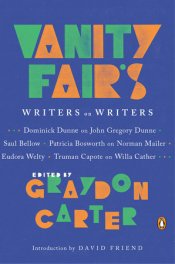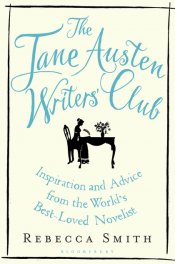Good Naked: Reflections on How to Write More, Write Better, and Be Happier

“I wrote this book because I want writers, including myself, to cheer up. I want us to swap out the all-too-common mindsets and practices that do not serve us for ones that feed our creativity, our productivity, and our souls.” Author and instructor Joni B. Cole guides readers through the steps of actively attending to the joyful aspects of creativity, while steering clear of unproductive attitudes, habits, and perceptions. With engaging honesty and humor, Cole shares anecdotes, examples, and exercises designed to jumpstart the discovery of happiness and inspiration throughout the entire writing process.




